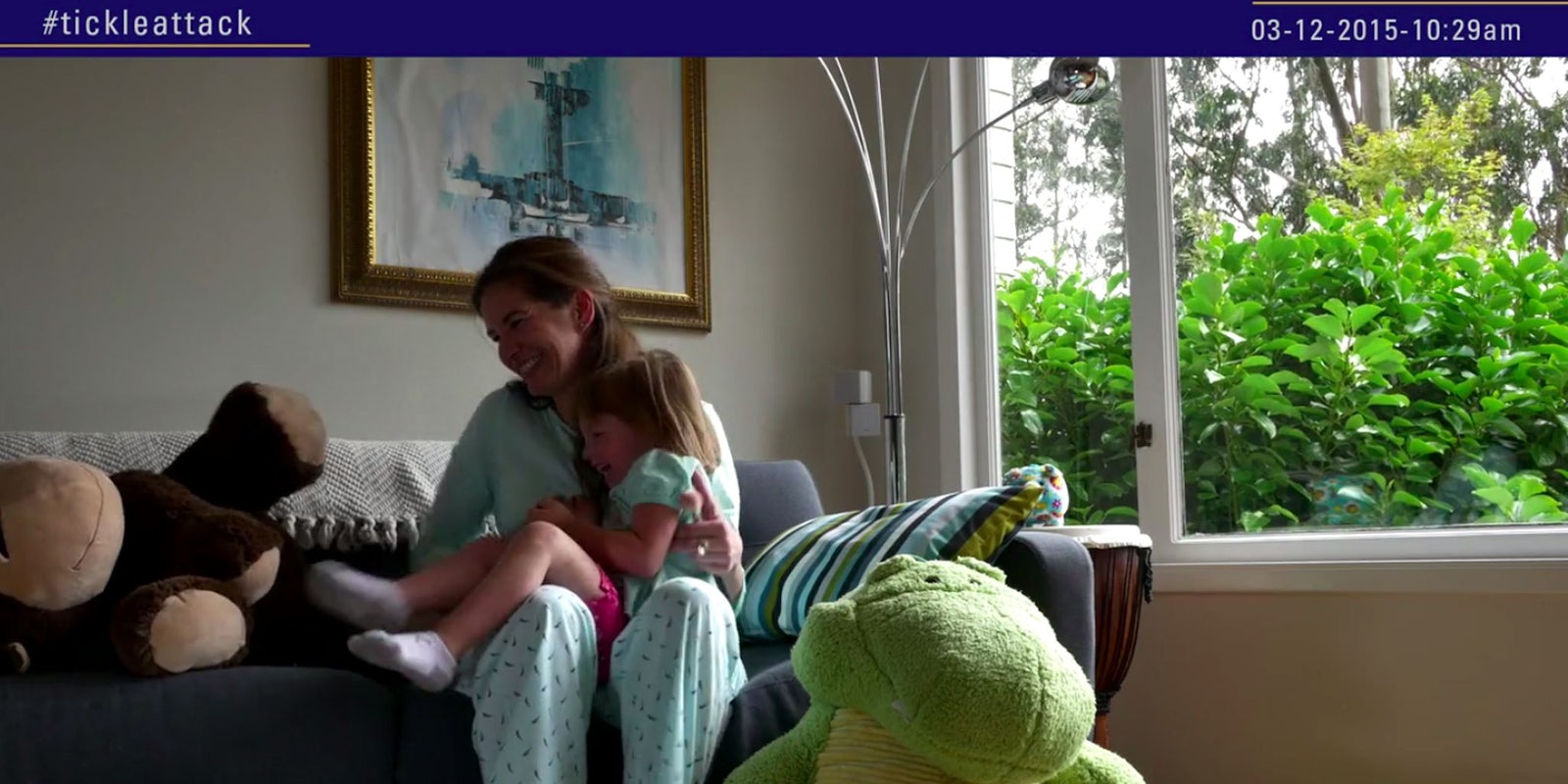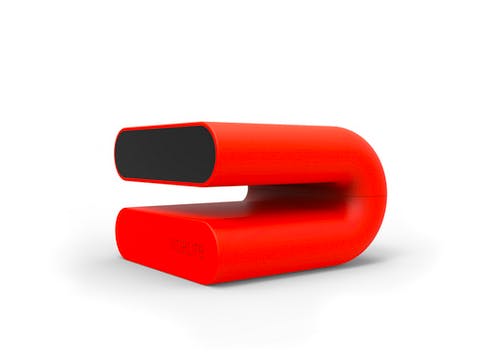Thanks to the rise in connected gadgets that are slowly starting to permeate our homes, there are new opportunities for such devices to monitor our behavior. Security cameras are one of the main ways our homes connect to our mobile devices, and while security monitoring has been around for a while, new technologies are making such tools smarter.
And creepier.
VidaLife is a camera that watches you and your family at all times, similar to Dropcam and other home monitoring systems. But it’s not just recording your behavior for security purposes. It’s meant to record memories of stuff that happens throughout your day—and you can go back and relive the moments you already experienced.
What makes it different from other cameras is its proprietary algorithm and motion-sensing technology. The camera “learns” what behavior should be recorded, and breaks up the recordings based on movement and audio cues into 10-second clips.
“It’s much beyond a security camera,” VidaLife CEO Raji Kannan said in an interview with the Daily Dot. “Why should you have security-only cameras when you could have so much more? Here it is like a shoebox of memories that you can hand over to generations as your legacy.”
VidaLife can tell when you’re playing with your dog or wrestling with children. It can also determine if you’re sitting on the couch watching television. It records and saves a selection of clips that contain the most action, which you can then browse through on a mobile application and “like” them like you would an Instagram photo. The more footage you like, the better the recognition becomes. The camera will begin to understand that you want to see more footage of kids playing, rather than your significant other lying on the couch.
The app also lets you share videos directly to social networks—if you want to give followers a peek into your living room, it’s as simple as tapping a share icon in the app. All this data is encrypted by two-factor authentication and is stored either locally on your device, or in the cloud like other security cameras, so you can save and view way more footage.
Already our homes are monitoring our behavior—they can turn on the air conditioning before you get home to ensure you’re comfortable; they know when you wake up every morning if you program your bedroom lights to turn on at a specific time. With VidaLife, your camera doesn’t just record what’s happening, but rather what it thinks you might want to remember for later. In a way, it’s a bit like Instagram, allowing us to rely on mobile applications and videos to remember what experiences we shared together, instead of embracing the present moment and living without being tethered to technology. And since it relies on audio and visual cues and machine learning algorithms to understand what you think is important, it adds an almost uncomfortable layer of recognition to the technology.
But Kannan isn’t concerned that VidaLife will be perceived as overly invasive.
“Home cameras are becoming pervasive now, there are a lot of DIY cameras,” she said. “And we have built-in algorithms that can see what is interesting and not interesting, so it knows what to look for.”
The device itself looks a bit like those old viewfinder toys that let you peek into different parts of the world by swiping through image cards. The rectangular cameras are encased in silicone, and can bend in half to make it easy to mount on a wall or place on coffee tables.
The company showed off the cameras at hardware accelerator Highway1’s demo day this week. VidaLife is launching publicly in the fall.
Photo via VidaLife


